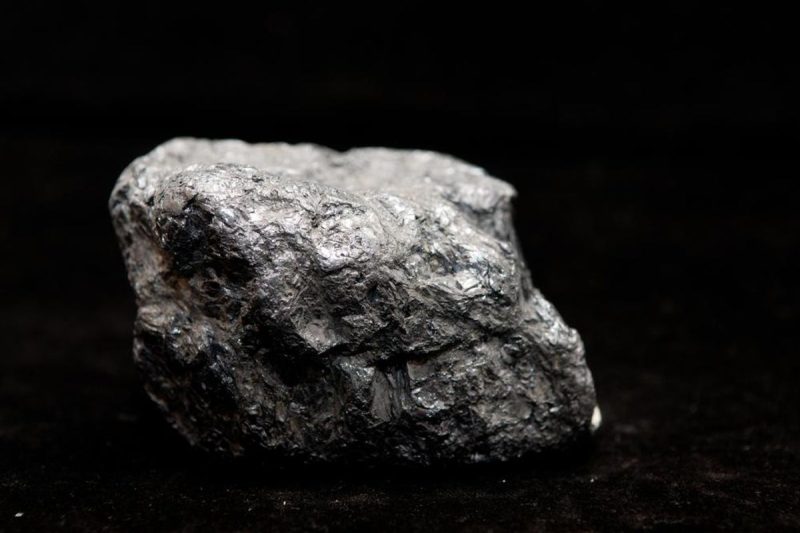China dominates the global market in rare earth minerals, a group of elements critical for various high-tech applications, such as electronics, electric vehicles, and renewable energy technologies. However, there are other countries that also hold substantial reserves of these valuable minerals. Let’s take a closer look at some of the top countries with significant rare earth reserves besides China.
**Australia**
Australia is rich in rare earth minerals, with deposits found in Western Australia, Northern Territory, and Queensland. The country is one of the largest producers of rare earth elements outside of China, with notable reserves of tantalum, niobium, and zirconium. Additionally, Australia has the potential to further develop its rare earth mining industry in the coming years.
**United States**
The United States holds significant rare earth reserves, particularly in states like California, Alaska, and Wyoming. Despite having vast resources, the U.S. heavily relies on imports to meet its domestic demand for rare earth elements. Efforts are underway to develop a more sustainable domestic supply chain for these critical minerals to reduce dependence on foreign sources.
**Brazil**
Brazil boasts substantial reserves of rare earth minerals, including niobium and tantalum. The country’s rich deposits of these elements have the potential to support various industries, from electronics to aerospace. Brazil has been exploring ways to capitalize on its rare earth resources to boost its economy and reduce reliance on imports.
**Russia**
Russia is another country with significant rare earth reserves, particularly in regions like Siberia and the Far East. The country has the potential to become a major player in the global rare earth market, given its untapped mineral wealth. However, challenges such as infrastructure development and geopolitical tensions may hinder Russia’s efforts to fully leverage its rare earth resources.
**India**
India holds promising reserves of rare earth elements, including thorium, monazite, and bastnaesite. The country has been working to enhance its capabilities in rare earth mining and processing to meet the growing demand for these critical minerals. India’s focus on developing its rare earth sector aligns with its goal of achieving self-sufficiency in strategic minerals.
**Vietnam**
Vietnam is emerging as a key player in the rare earth market, with significant reserves of elements like tungsten, titanium, and rare earth oxides. The country’s growing rare earth industry has attracted international attention, particularly from countries seeking to diversify their supply chains. Vietnam’s strategic location in Southeast Asia positions it as a potential hub for rare earth production and export.
**Greenland**
Greenland is home to vast rare earth deposits, including neodymium, dysprosium, and praseodymium. The autonomous territory of Denmark has the potential to become a major supplier of rare earth elements, given its untapped mineral resources. Greenland’s efforts to develop its mining sector while maintaining environmental sustainability could position it as a key player in the global rare earth market.
**Canada**
Canada boasts significant reserves of rare earth minerals, particularly in provinces like Quebec and British Columbia. The country has been exploring ways to capitalize on its rich deposits of elements like dysprosium, terbium, and lanthanum. Canada’s commitment to sustainable mining practices and environmental stewardship sets it apart as a responsible source of rare earth elements.
In conclusion, while China remains the dominant player in the rare earth market, other countries like Australia, the United States, Brazil, Russia, India, Vietnam, Greenland, and Canada also hold substantial reserves of these critical minerals. Diversifying the sources of rare earth elements and establishing sustainable supply chains are essential steps towards ensuring a stable and secure global supply of these valuable resources. By leveraging their abundant mineral wealth and adopting responsible mining practices, these countries have the potential to reshape the rare earth landscape and meet the growing demand for high-tech applications worldwide.
